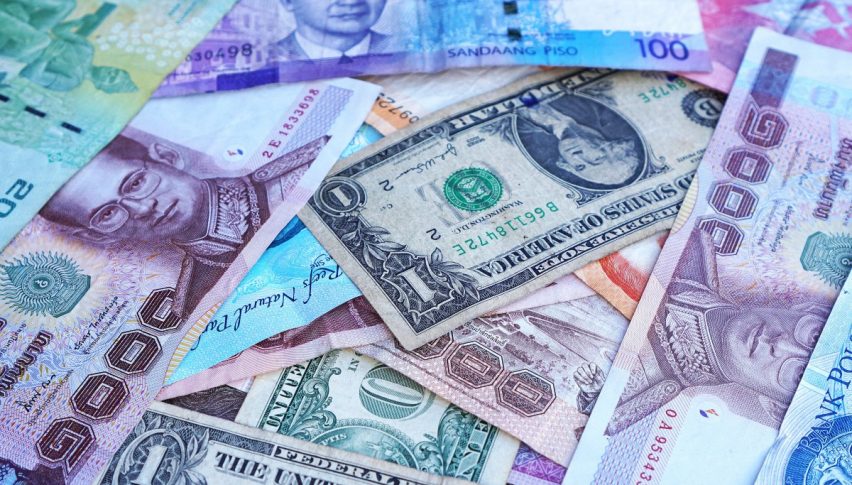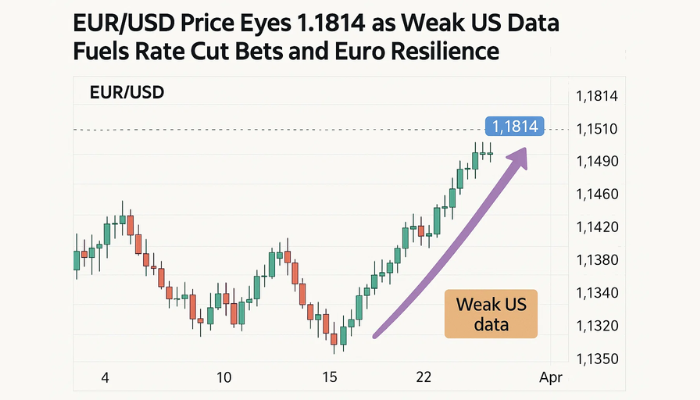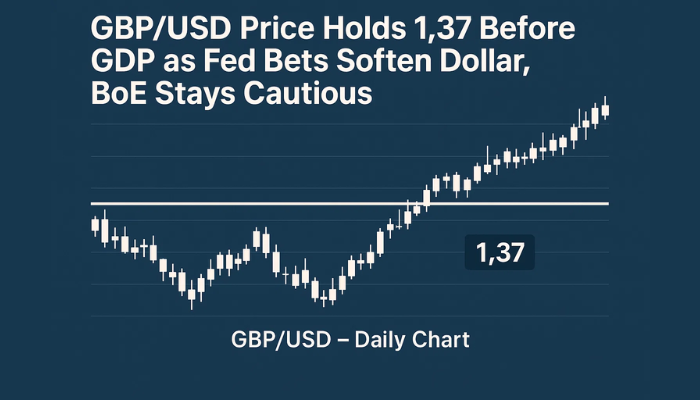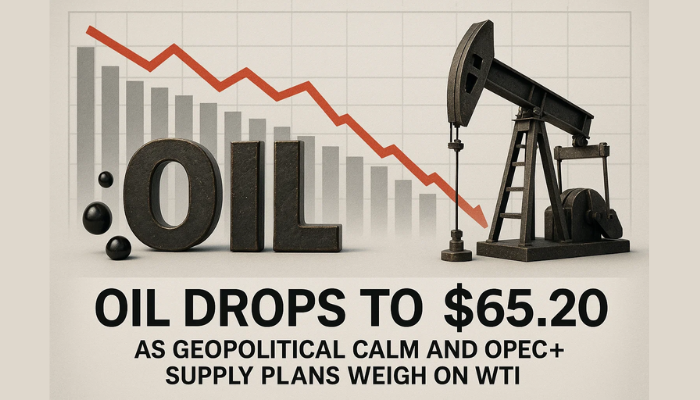Top 5 Things to Watch in the Upcoming Week, (Apr 8-12)
The greenback rose against the bucket of six currencies after data showed US employers hired more workers than forecast in March...

On Friday, the Greenback rose against the bucket of six currencies, after data showed that US employers hired more workers than forecast in March. It boosts the interest rate hike sentiment.
The US-China trade talks are likely to prevail for most if not all of Q2, and in the meantime, China tax cuts, other stimulative measures are being wheeled out.
The European Central Bank did not wait for staff forecast updates before showing its worries regarding the region’s growth forecasts. This year’s estimate was cut to 1.1% from 1.7% predicted in December, and apparently, it recognized the risks remained on the downside.
A hectic week left the US Dollar firmer against several currencies. Brexit got, and US figures were mixed. What’s next?
1 – GDP m/m
The Office for National Statistics is forecast to release the GDP figure at 8:30 (GMT) on Wednesday. The UK publishes GDP growth data every month. Despite Brexit, the economy kicked off the year by growing by 0.5% m/m, a robust rate. Further moderate growth of 0.2% is on the cards for February.
The elements of growth are also of concern: Manufacturing Production, which jumped by 0.8% in January, is also projected to improve by hardly 0.2%, while Construction Output is estimated to fall by the same scale.
2 – ECB Monetary Policy Decision
ECB Press Conference – Traders, the price action in Euro solely depends upon the ECB monetary policy meeting which is due to come out on Wednesday at 11:45 (GMT). The consensus is for policymakers to keep interest rates steady and halt the quantitative easing program as assured.
ECB President Mario Draghi may present recent comments about the economic situation. There have been some indications of a recovery in some places, but the overall portrait remains anxious.
Besides that, the ECB will also update economic growth and inflation projections. Nevertheless, the economic indicators aren’t showing signs of recovery and political risks are still on the cards.
Main Refinancing Rate – The ECB is expected to hold its pledge to keep rates at present levels, at least till the summer of 2019. For your info, presently the ECB’s key lending rate (refinancing rate) holds at 0%.
3- CPI m/m
On Wednesday at 12:30 (GMT), the Bureau of Labor Statistics is scheduled to release US inflation data. The Consumer Price Index has slowed down lately due to falling energy prices, but it could now pick up again. Economists are expecting a slight rise in inflation which is sort of a favorable situation for the US dollar.
Month over month, a surge of 0.3% is forecast after 0.2% beforehand.
On the other hand, the Core CPI also slipped, staying around 2.1% y/y. It is anticipated to remain at 2.1% on an annual basis, but a rise of 0.2% is on the cards this month.
4- FOMC Meeting Minutes
On Wednesday, at 18:00 (GMT) the US Federal Reserve will release the FOMC meeting minutes. Let us recall, the US Federal Reserve adopted a dovish tone in its March meeting by indicating no rate hikes in 2019 and declaring the early termination of the balance sheet compression program in September.
Chair Jerome Powell revealed worries about the global economy but seemed certain about the US economic growth. Thus, the meeting minutes may drop further light on the reason behind such a move and will present more data on the level of worry among officials. It may also reveal how FOMC members interpret the trade war and the consequences of a trade war on the US economy. Comments on inflation and growth will be watched closely.
5- OPEC Meetings
OPEC meetings are usually held in Vienna and are attended by representatives from 15 oil-rich nations. They discuss a range of issues regarding energy markets and, most importantly, agree on how much oil they will produce.
The meetings are closed to the press but officials usually talk with reporters throughout the day, and a formal statement covering policy shifts and meeting objectives is released after the meetings have concluded.
Lately, the trade war and slowing global economy are diminishing the oil demand, while the production isn’t affected. The oversupply of oil is causing a drop in its prices. OPEC nations represent around 40% of the world’s oil supply and are united in their oil production levels.
With so much control over oil’s supply-side, shifts in their production levels can have a significant impact on oil prices. OPEC members are likely to discuss whether to cut output or not.
We will share further updates about the meeting in the coming week, but for now, that’s pretty much all. Good luck!
- Check out our free forex signals
- Follow the top economic events on FX Leaders economic calendar
- Trade better, discover more Forex Trading Strategies
- Open a FREE Trading Account


